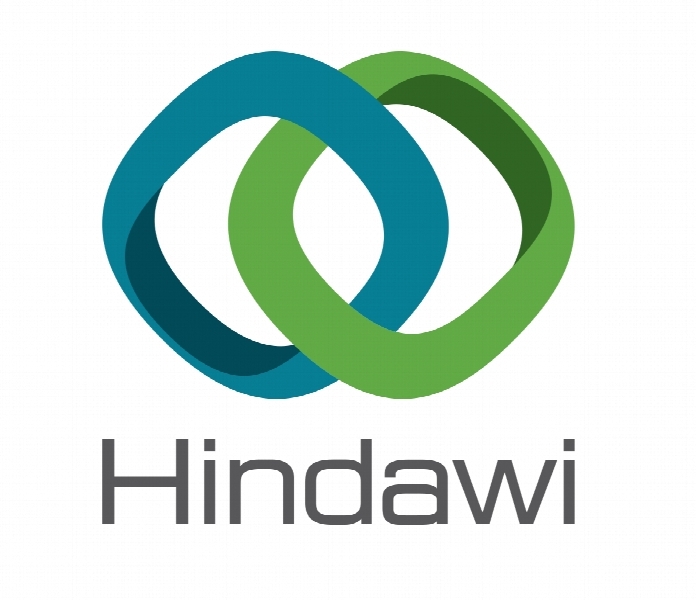رباتیک توانبخشی و بازیابی حرکتی دست بعد از سکته مغزی Hand Rehabilitation Robotics on Poststroke Motor Recovery
- نوع فایل : کتاب
- زبان : انگلیسی
- ناشر : Hindawi
- چاپ و سال / کشور: 2018
توضیحات
رشته های مرتبط پزشکی
گرایش های مرتبط بیماری های اعصاب، فیزیوتراپی
مجله عصب شناسی رفتاری – Behavioural Neurology
دانشگاه School of Mechanical Engineering – Xi’an Jiaotong University – China
منتشر شده در نشریه هینداوی
گرایش های مرتبط بیماری های اعصاب، فیزیوتراپی
مجله عصب شناسی رفتاری – Behavioural Neurology
دانشگاه School of Mechanical Engineering – Xi’an Jiaotong University – China
منتشر شده در نشریه هینداوی
Description
1. Background Stroke, caused by death of brain cells as a result of blockage of a blood vessel supplying the brain (ischemic stroke) or bleeding into or around the brain (hemorrhagic stroke), is a serious medical emergency [1]. Stroke can result in death or substantial neural damage and is a principal contributor to long-term disabilities [1, 2]. According to the World Health Organization estimates, 15 million people suffer stroke worldwide each year [3]. Although technology advances in health care, the incidence of stroke is expected to rise over the next decades [4]. The expense on both caring and rehabilitation is enormous which reaches $34 billion per year in the US [5]. More than half of stroke survivors experience some level of lasting hemiparesis or hemiplegia resulting from the damage to neural tissues. These patients are not able to perform daily activities independently and thus have to rely on human assistance for basic activities of daily living (ADL) like feeding, self-care, and mobility [6]. The human hands are very complex and versatile. Researches show that the relationship between the distal upper limb (i.e., hand) function and the ability to perform ADL is stronger than the other limbs [7–9]. The deficit in hand function would seriously impact the quality of patients’ life, which means more demand is needed on the hand motor recovery. However, although most patients get reasonable motor recovery of proximal upper extremity according to relevant research findings, recovery at distal upper extremity has been limited due to low effectivity [10]. There are two main reasons for challenges facing the recovery of the hand. First, in movement, the hand has more than 20 degree of freedom (DOF) which makes it flexible, thus being difficult for therapist or training devices to meet the needs of satiety and varied movements [11]. Second, in function, the area of cortex in correspondence with the hand is much larger than the other motor cortex, which means a considerable amount of flexibility in generating a variety of hand postures and in the control of the individual joints of the hand. However, to date, most researches have focused on the contrary, lacking of individuation in finger movements [12, 13]. Better rehabilitation therapies are desperately needed.


